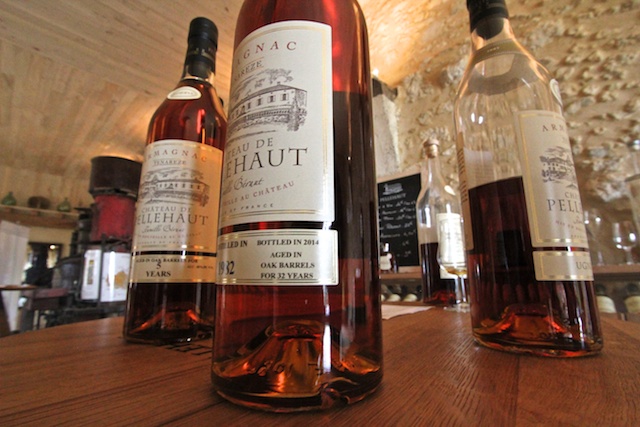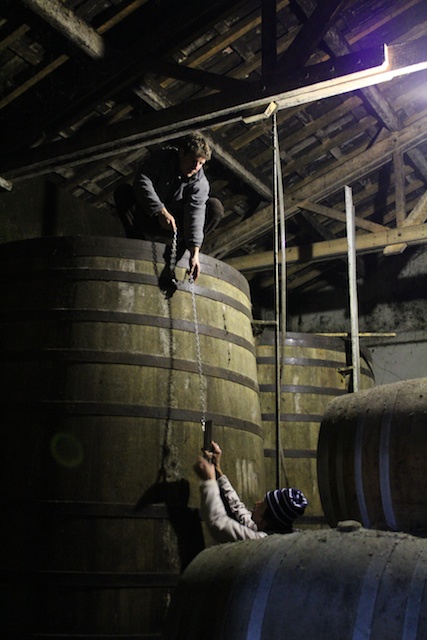Armagnac Preview #4 — Pellehaut

Along with Baraillon, we've been working directly with the Pellehaut Armagnacs for three years now (and even longer if you count the standard Reserve expression that Charles Neal has been importing for the last decade). They're one of the largest producers in the region and they're definitely the biggest name from the Tenareze (they also make a great deal of wine at the estate). "Big" is a relative term in Armagnac, however. Pellehaut would be considered a tiny craft distiller in the United States, but since their scale of production is vast and efficient, they're usually a source of supreme value when it comes to mature sprits. It's not unusual for us to find 30+ year old Armagnac for around $100 when we visit Pellehaut.

Located near the town of Montreal-du-Gers, Pellehaut has 140 hectares of fruit in the Tenareze (compared to 16 hectares at Baraillon) and they mature their distilled spirit in a variety of different casks. Owned by the Béraut family, which purchased the estate after WWII, the property is run today by the sons of Gaston: Matheau and Martin, who have apprenticed at Tariquet, Beycheville, and even Au Bon Climat near Santa Barbara. Today they grow mostly ugni blanc and folle blanche (which also make for tasty wine). For maturation, they begin with new oak (of various types), but often transfer the brandy to 400 liter barrels when the wood becomes too dominant a flavor.

We've bottled a number of Pellehaut expressions from the 70s, 80s, 90s, and 2000s in the past, and this year's crop will showcase a similar level of diversity. We chose more of the 1973 vintage, still as creamy and rich as we remember it, and a larger quantity of 1978; which popped in all the right places and finished with dry herbs and baking spices. We also opted for a 100% Folle Blanche expression from 1994 that showcased the new oak much like a fine Bourbon would, yet finished with the dusty complexity that only folle blanche brandies seem to offer. A fruit driven 2000 vintage offered contrast with more of a vinous character, and of course we stocked up on more L'Age de Glace—the young mixing brandy that took the store by storm last year.
The 1973 should clock in right around the $105 mark with everything else far under the century mark. There's a reason these brandies sell out first every time we bring in a new crop—they're delicious and low-priced.
-David Driscoll
